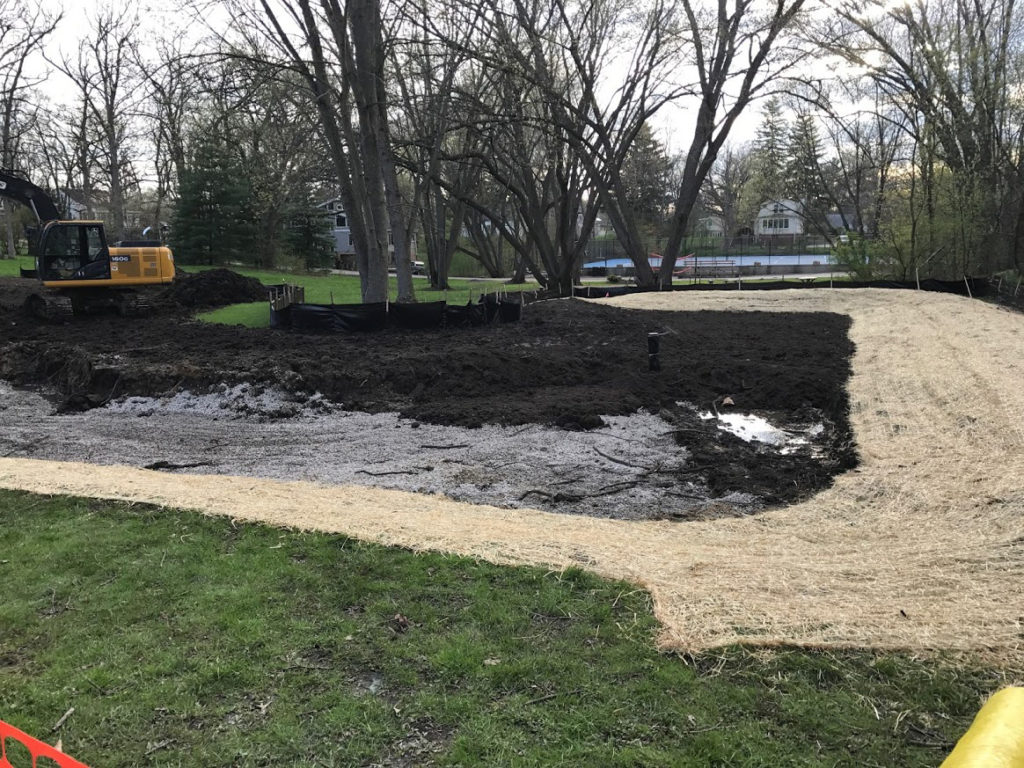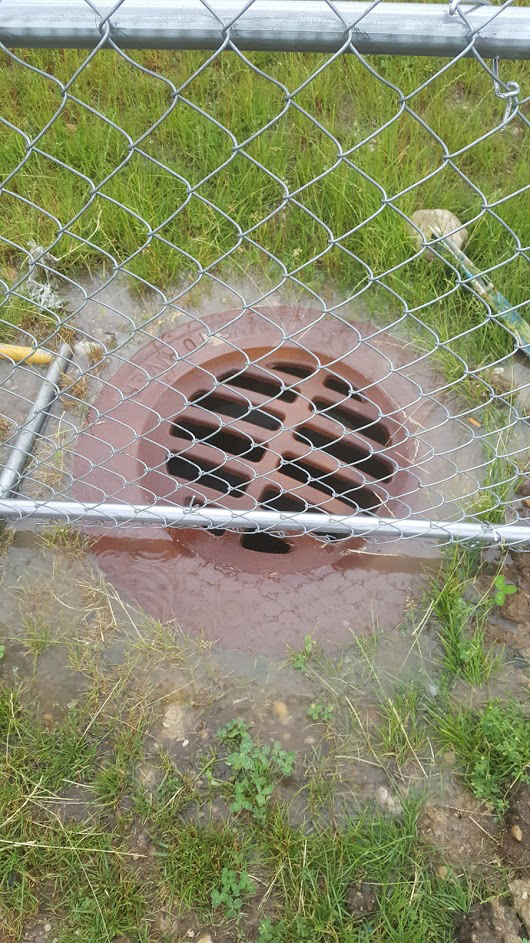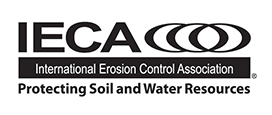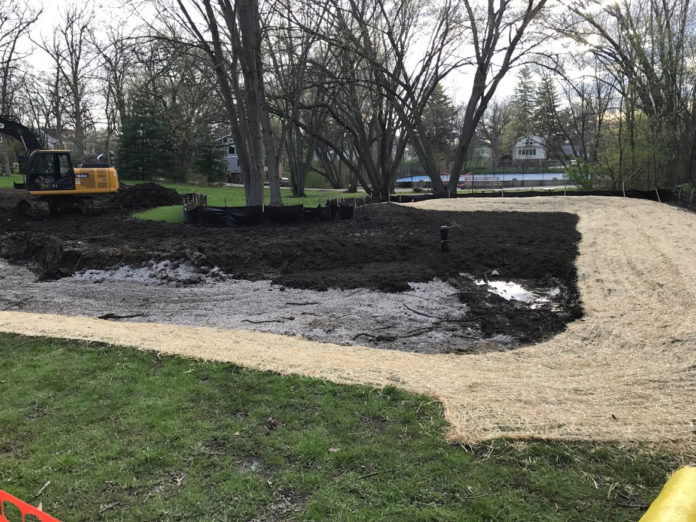By Nancy Schumm, PWS, CPMSM, CPESC
In the 1970’s, there was a children’s animated program called Schoolhouse Rock.1 The program covered a variety of topics to help children understand the world. One episode focused on how a bill becomes a law. It describes how a bill begins with an idea, gets sponsored by a member of Congress who brings the bill to Capitol Hill, goes to committee where it is debated ad infinitum and then goes to Congress for vote. If the vote is positive, it goes to the President where it finally becomes a law.
If this video had a follow up, it might play like this: The law goes to the federal level where the decision is made to implement it or send it to the states for implementation. Then the states decide if they want responsibility or if it should go to the counties, and they decide who will eventually implement it. The reality is that the gap between policy and practice can be a long and complex road fraught with delays, impediments, miscommunication and unfunded mandates. The process of implementation of MS4 requirements for pollution control would be a good example for the follow-up video.
Case Study: Construction Runoff Minimum Control Measure
The actionable guidance for adding construction runoff as one of six minimum control measures came about around the year 2010. This guidance was established to provide consistency throughout the country to implement the goals of the EPA’s Phase II MS4 National Pollutant Discharge and Elimination System (NPDES) standards and practices. The actionable addition of these mandates was influenced by late 20th century development that contributed unprecedented pollution to ever-dwindling American waterways. The building boom was complemented by population growth that increased home density in semi-urban regions of the country.
Whenever there was an economic downturn, such as in 2008, many empty lots or active construction sites were abandoned. These sites of unfinished development provided another increase in non-point source pollutants as exposed soils were vulnerable to erosion. The policy goal was “to reduce the discharge of pollutants from [the] MS4 to the maximum extent practicable, to protect water quality and to satisfy the appropriate water quality requirements of the Clean Water Act.” The solution was to implement stabilization strategies, and the rule of thumb was to ensure stabilization prior to any significant anticipated rainfall or within 14 days of any construction job delayed or ending.
In the state of Illinois in 2006, policy implementation was left to the counties. Counties with stormwater management agencies tended to be better at ensuring the policy was implemented by hosting educational seminars with education credits for consultants and engineers. Lake County, Illinois established a program for inspection protocol and enforcement that served as a model for other counties. This effort required implementation on new projects only, and the expense was transferred to the contractors (developers) and then the homeowners. Initially, there was a lot of resistance at the contractor level because it often added thousands of dollars to the final costs for materials and labor that they felt would hinder their ability to be competitive when bidding for jobs. Product standards and enforcement methods also had to be worked out. Needless to say, it was several years before the policy was implemented successfully and was fully enforceable.
Gaps in the Policy “Supply Chain”
As evidenced by the challenges faced in Illinois, the gap between policy and implementation can be extensive. The Illinois example is only one in a country with 50 states that implement policy in 50 different ways. Differences in state and local approaches mean the gap between policy development and implementation in the field can be a few months or even several years.
For instance, with respect to state-level issuance of MS4 permits motivated by EPA’s Phase II standards, there was a gap of issuance by more than 14 years, with Maryland in April of 2003 and Massachusetts as late as July of 2017.2 Delays in implementation can be attributed to local policy update timelines and the ongoing battle between states’ rights and federal rights. Clean water gets trapped in the middle of political battles and is sometimes attached to bills with other unrelated issues.
Each state has different standards for translating policy points to formal legal documentation like state code books, contractors and other stormwater management practitioners, and scores of federal, state, county and municipal government agencies. For example, in Maryland, there is an Army Corps of Engineers office for the region, but construction permits are first processed by the State Department of the Environment and then passed on to the Corps if necessary.
An erosion and sediment control plan is reviewed by a variety of agencies, and it is recommended that there be regular inspections after significant rain, but there is no clear chain of command for enforcement or for violations, except when the project is high profile. In Illinois, the Army Corps is directly involved from the beginning of construction projects that impact wetlands or disturb more than one acre of land. In most counties, there are designated erosion control inspectors required for all construction to report erosion control violations weekly or after every one-half inch of rainfall. These disparities in permit regulation and permit enforcement mean delays and incongruities in pollutant standards.
Finding a Solution
So how do we fix these problems that stem from legal, political and organizational complexities? One way the EPA encourages improvement of the waterways is through the Section 319 grant program and the associated development of watershed plans that identify targets for implementing best management practices. The grant program encourages and funds grassroots efforts, recognizing that the local population has a vested interest in protecting the water they use and live nearby.
These programs are successful because they require a wide range of stakeholders to be involved, including citizen scientists, village leaders, engineers and state agency regulators. This interaction makes the federal mandates tangible to the people and ensures they are the most active in caring for that water. In short, the program delegates, educates and funds leadership for clean water.
Enthusiastic champions at the local level can be influential in ways that consultants, engineers, regulators and policy makers cannot. A well-informed citizenry is the biggest asset a country can have. When it comes to clean water, we cannot afford to wait years for policy implementation. Encouraging the involvement of citizens in protecting our water should be a recommended action for every permit, every watershed, every policy and every grant proposal. With the assistance of our stakeholders, we can ensure that when a bill, which already follows a lengthy process to become a law, makes it all the way, it will also be implemented in a timely manner.
About the Expert
Nancy Schumm, PWS, CPMSM, CPESC, is an award-winning author of two books on natural areas and plant history and three books on regional history. She has lectured and presented on historic topics since 1997 and been featured in magazines, newspapers, television and radio shows. After 30 years in Illinois, Schumm now manages the Water Resources, Environmental Department at PRIME AE Group, Inc. in Baltimore, Maryland.
References
1) Schoolhouse Rock still plays on Disney Plus and was originally broadcast on ABC in 1973.
2) Compendium of MS4 Permitting Approaches. Environmental Protection Agency, Office of Wastewater Management Water Permits Division. November 2016. https://www.epa.gov/sites/production/files/2017-01/documents/part1-epa_compendium_of_ms4_general_permit_requirements_508.pdf, page Ibid page15.











